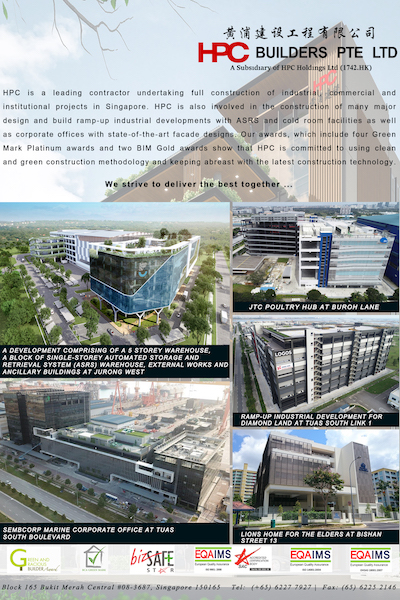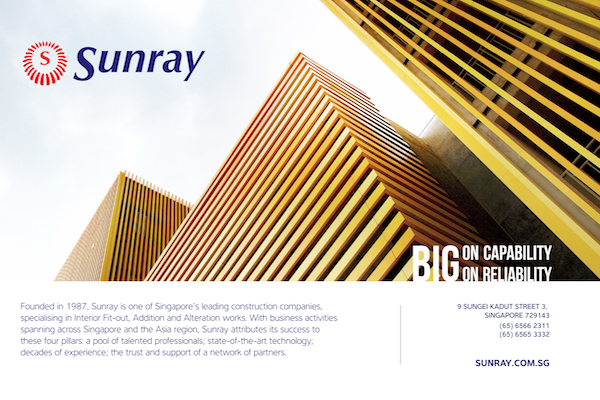When The CEO Magazine gets in touch with Seah Chee Kien and Beh Swee Chiew for our interview, the pair seem reluctant to talk about their roles as Managing Directors at RSP Architects Planners & Engineers. “I’ll be very honest with you, we don’t really fit the C-suite stereotype, unless the C stands for ‘collective’ or ‘common good’. We’re just a couple of down-to-earth guys who are passionate about our work,” Seah insists, as Beh nods in agreement.
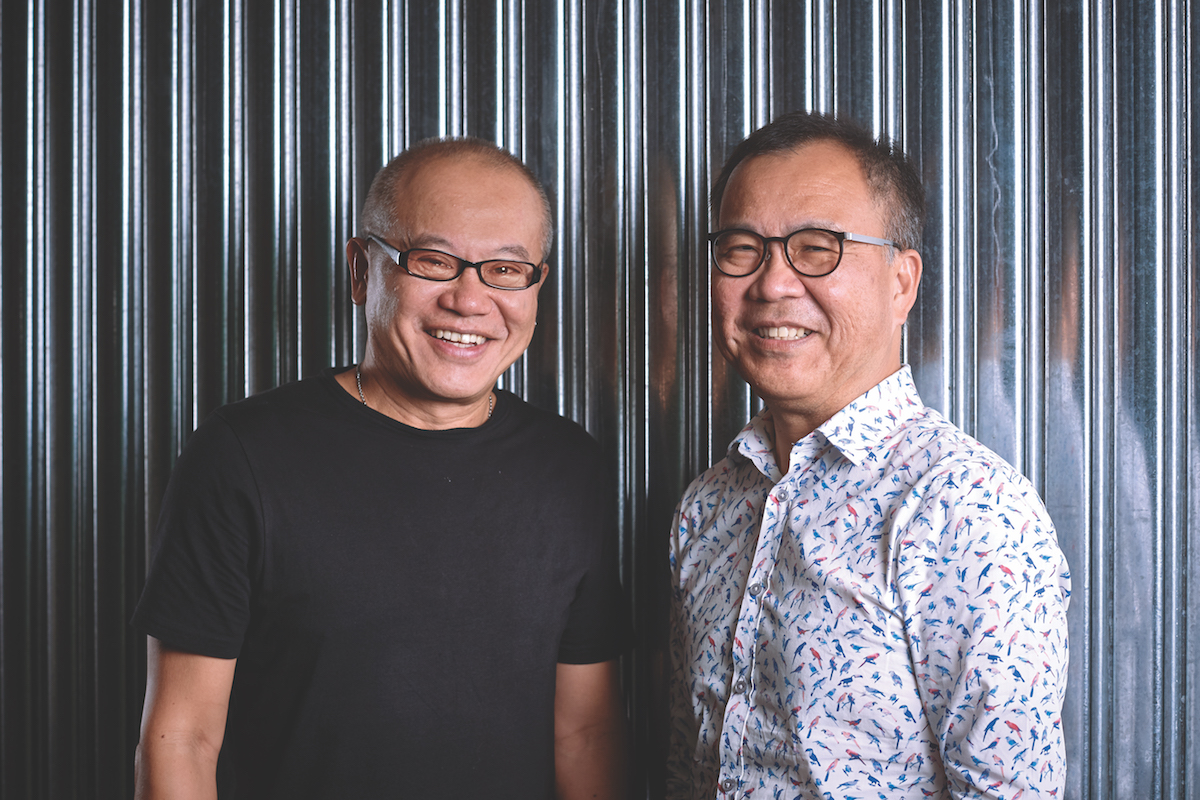
While Seah and Beh have been Managing Directors for the past two years, they prefer to focus on the business as a whole rather than on themselves. In fact, that’s a message they are also trying to instil in their employees, particularly when it comes to keeping them motivated.
“It’s about finding a purpose. There’s a whole wide world out there, so we try to get our team interested in many, many things outside architecture, outside of the practice to continuously be inspired. Work is just a springboard and underlying that, it is an ecosystem allowing us to be part of a greater good,” Seah says.
Beh agrees, adding that given they are working in a creative business, their staff are passionate about what they do and get a lot of satisfaction from seeing their designs come to life. “We need to allow them to dream big and we also need to support their ideas. If they see they are being respected and we enable them to turn their dreams into reality, that’s the biggest motivation for any designer,” he says.
“Better still, we get a sense of fulfilment from seeing people colonising the spaces we have created. I think that’s a bigger calling than anything else. You have to be driven by a bigger calling, and hopefully as leaders we can offer support to make that possible for each individual.”
A holistic solution
It’s often said that an architect’s dream is an engineer’s nightmare, yet this isn’t a problem at RSP. While Beh heads up the engineering side of the business, Seah leads the architectural division. The pair have worked closely together since Seah joined the practice 13 years ago and acknowledge that their different skills and strengths complement one another.
“It’s a bit of a stereotype but in a way, the architect is the artist and the engineer is a scientist,” Beh notes. “I think this works very well for us at RSP. From day one, we have been a multidisciplinary firm. Therefore, the idea of having two co-managing directors from different backgrounds fits very well in terms of our organisation’s structure.”
One of the longest established architectural practices in Singapore and the region, RSP has been delivering “innovative and sustainable design solutions for a wide range of developments” for more than 60 years. The firm’s multidisciplinary expertise allows it to offer a vast range of services including town and master planning, urban design, architecture, engineering and interior design, with a focus on designing built environments that enrich people’s lives.
“I think what’s important is we don’t see ourselves as just architects or engineers; we play the roles of catalyst and facilitator to set a collaborative framework. We are always discovering, creating and challenging the parameters to devise solutions that are future-proof and sustainable, especially in light of global disruption as Industry 4.0 continues to offer both opportunities and threats,” Seah points out.
“It’s really about being human-centric. Whether you’re an engineer or an architect, we all share the same culture at RSP. One of our key constants is to never allow silos to build up or to continue.”
Looking back on when he decided to pursue a career as an architect, Seah says he liked that the profession offered a combination of art and science. “There’s no straightforward formula in this field. I was intrigued by the idea that in architecture, you have to always search for the right questions rather than the answers.”
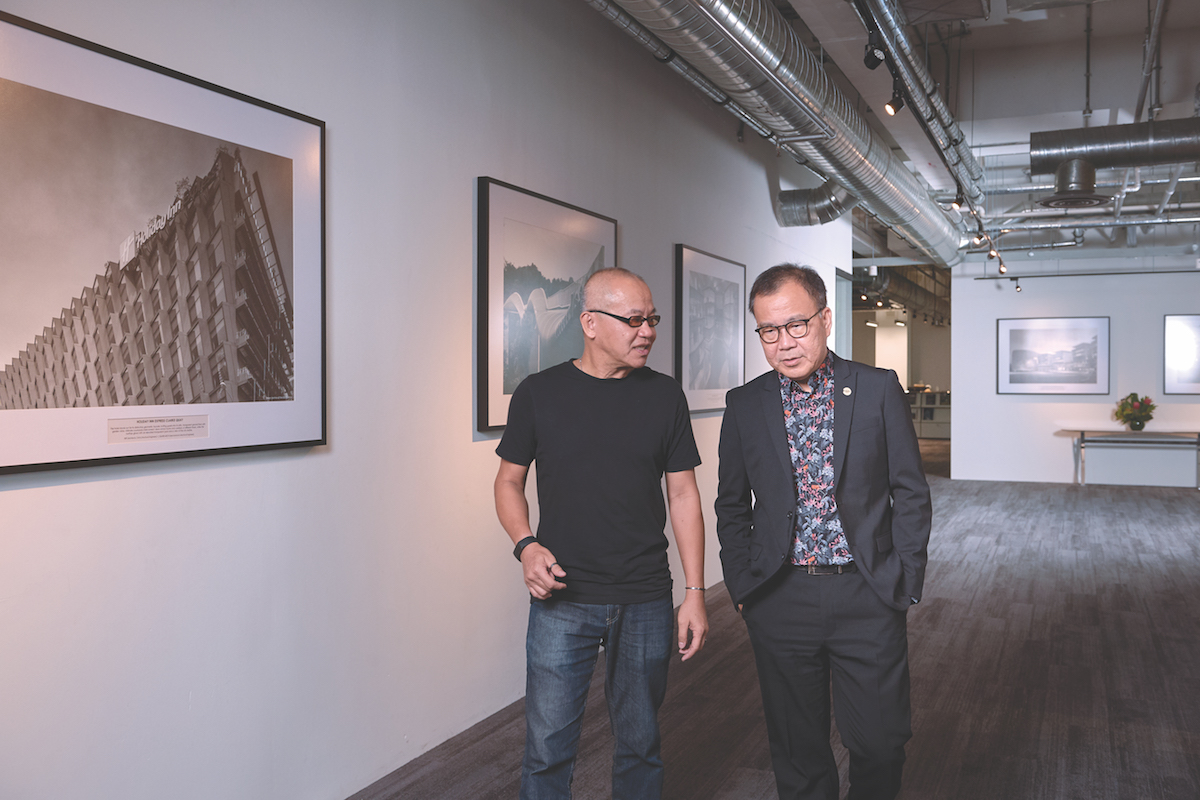
Beh, who joined RSP as an intern more than 30 years ago, says he was attracted to the firm’s multidisciplinary approach. “At that time, there weren’t many similar firms in Singapore, so I seized the opportunity to work somewhere that was different from the rest.
RSP was one of the few companies that offered both architecture and engineering,” he reflects. “We are able to provide a holistic approach, so the whole thing is never just the design by the architect; it’s the total solution. RSP is one of the pioneers in this set-up and it’s part of the company’s DNA.”
Seah also has more than 30 years’ experience in the industry. “In a way, I think RSP encapsulates my journey. I’ve worked in both the private and public sectors and I’m fortunate to have experienced small-scale offices and large practices.
This has exposed me to a large spectrum of perspectives – in depth and breadth – from policy-making to nuts and bolts, from avant-garde to mainstream, allowing a more considered stance on devising design solutions,” he says. “When I joined RSP, it seemed like the one place that had all of these because of its wide variety of works. It offers a platform where you can make a real difference.”
Growing with the nation
As Seah and Beh reflect on the success of RSP over the past 60 years, they suggest that in many ways, RSP grew with Singapore. “I think that allowed us to mature and develop in form and substance as we forged ahead with the country’s development into a global city,” Seah says.
“I suppose, as the country developed, we’re grateful to have been able to leverage the opportunities from each successive wave of its economic growth in order to embrace and embed ourselves in the city’s fabric and the built environment.”
Beh also credits the way in which the firm has adapted to ever-changing market conditions. “We are all pragmatic, quick to change and respond positively to all of the government initiatives, particularly on the sustainability of the built environment,” he says. “That has allowed us to try new platforms and new ventures. This includes venturing out of Singapore to explore the emerging market. We’ve grown with Singapore. First we grew with the nation and then we grew with the rest of the world.”
Working closely with both international and local business partners has also helped the business grow. “I think we can achieve bigger things if we collaborate with the best practices in the industry,” Beh acknowledges. “We are able to work with anyone who has a common objective to achieve a better outcome for the project.”
The pair point out that mutual trust is also essential for good working relationships. “You need to have empathy and be able to look at the situation from the perspective of others,” Seah says.
“In order to establish those relationships, we have spent years consciously and wholeheartedly putting a lot of effort into building a culture of trust with our clients, contractors, authorities and domain specialists.”
The big picture
While Seah insists they don’t have any favourite projects, there are some that stand out more than others. “Fundamentally, we don’t do it for ourselves. Essentially, every project has its own meaning as we physicalise them within the context and place,” he explains, while Beh adds that RSP’s contribution to the education sector has been
a “game-changer” for RSP.
RSP has worked on several educational projects such as Singapore Institute of Technology which has adopted innovations such as Integrated Digital Delivery, dovetailing the Singapore government’s Construction Industry Transformation Map. “These projects have transformed the way that education should be delivered in a physical environment and how education should be perceived by a new generation of students,” Beh enthuses.
Although RSP has grown significantly over the past six decades, Seah and Beh emphasise that the company still looks at each project, big or small, through a focused lens, in order to extract maximum value for each client and enhance the user experience.
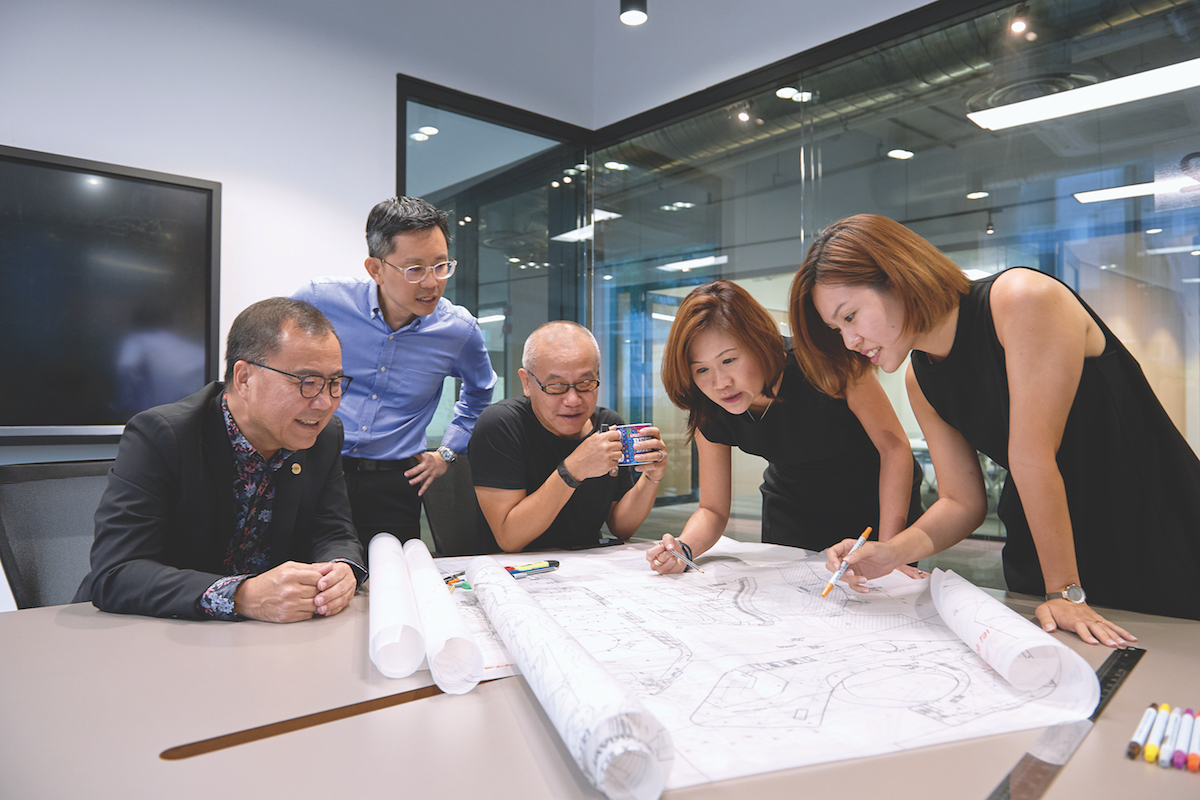
“We want to position ourselves as not just another corporation, but more as a creative firm with an individual touch,” Beh says, while Seah adds that servicing the needs of clients and communities and being responsible for the built environment are guiding principles in offering the best appropriate design solutions.
“To be a good leader, I think you need to have the right heart and the right mind and remember you’re not doing it for yourself – you’re always part of something bigger,” Seah says. Seah believes the same principle applies to architecture. “First, you need to be a good person, then being a good architect will follow.”
Meanwhile, Beh explains balancing sustainability with design excellence is always his prime concern. “As an engineer, you always want to make sure buildings are safe, robust and sustainable. We’re focused on how to make things work or how to realise the architect’s or designer’s dreams. And underlying all these is the aspiration to uplift people through the work that we do.”
Proudly supported by:
